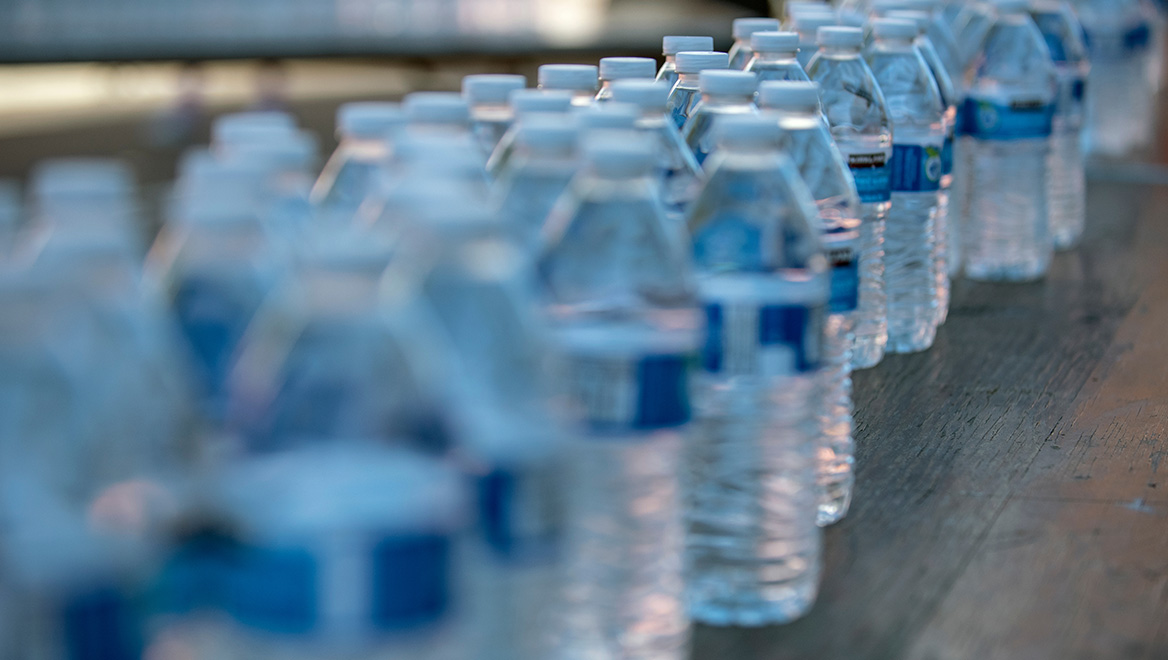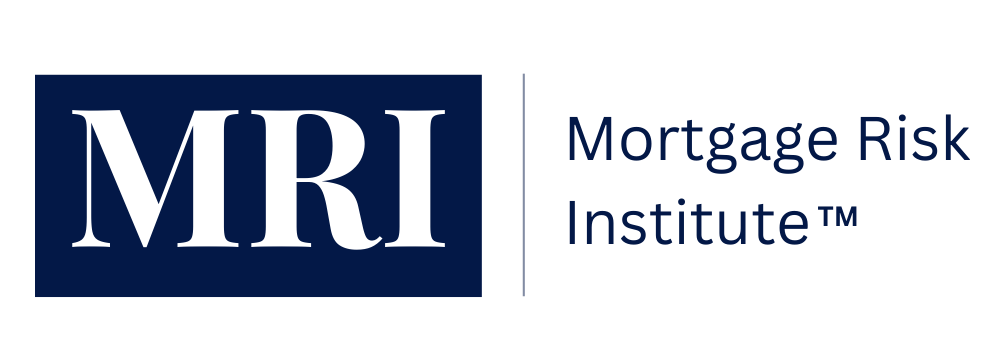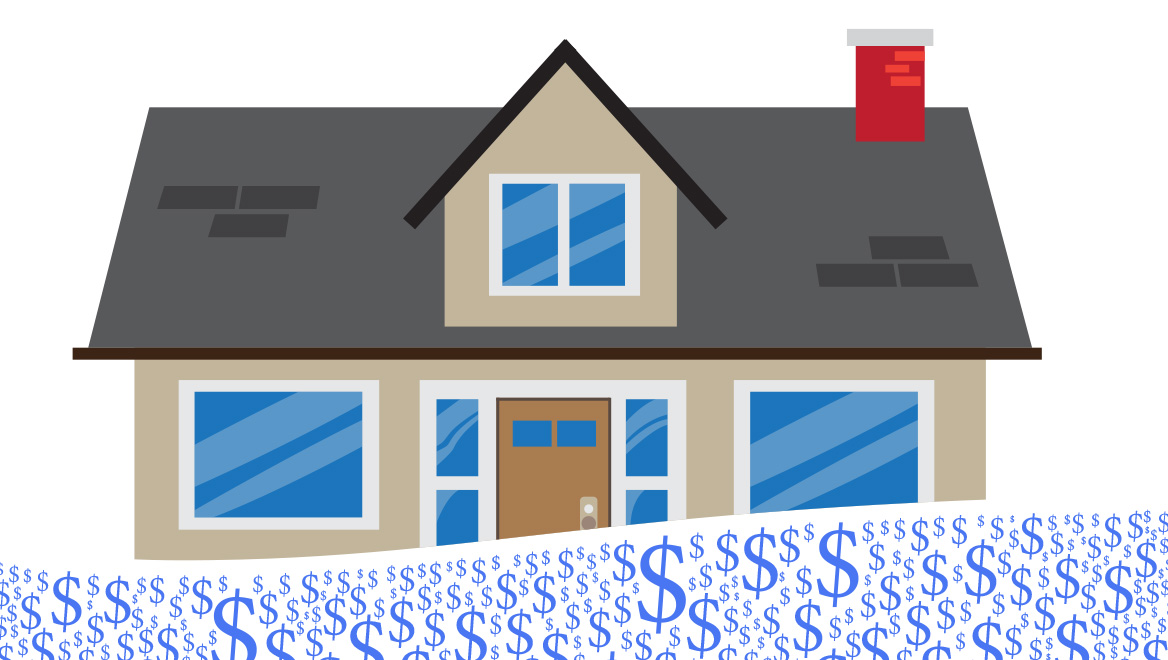
When disaster strikes the area your bank serves, it can be difficult to fully understand the emotional and physical toll it has taken on the community—unless you or someone close to you was directly affected.
But it is possible to use the bank’s experience and resources to quickly come to the aid of customers, employees, and the entire community in a meaningful way.
When the Maui wildfires took the lives of 101 people and destroyed 2,000 buildings—many of them homes—Central Pacific Bank in Hawaii quickly began a multi-front campaign that addressed the physical and financial needs of its stakeholders.
Among many other efforts following the August 2023 tragedy, the bank:
- Implemented loan payment deferrals for consumer and commercial customers.
- Waived ATM, safe deposit box, debit card, and check replacement fees.
- Established a CPB Maui Customer Hotline that prioritized calls from people impacted by the Maui fires.
- Reopened the Lahaina Branch in just 20 days to serve the West Maui community.
- Launched a web page that guided customers to information on Small Business Administration loans and partnered with the SBA to host a disaster relief seminar.
- Offered a new, high-interest savings program for customers in need of a safe and convenient place to park relief checks.
- Made donations to the Hawaii Red Cross, the Maui Food Bank, and the Maui Strong Fund through the Hawaii Bankers Association.
- Kicked off a companywide employee giving campaign called “CPB Loves Maui.”
Central Pacific Bank’s response demonstrated the critical role a bank plays in a community’s recovery from natural disaster—a role that may need be filled more frequently with extreme weather events expected to become more powerful and numerous, and insurance coverage becoming more expensive and difficult to get.
Preparing In Case of Emergency
Community bankers who are RMA members say a first and fundamental step in coming to a community’s aid is a well-thought-out, up-to-date disaster plan—one that takes into account the particular challenges of your market area. Testing for resiliency and potential blind spots is also key.
David Stewart, chief credit officer at Kingsville, Texas-based Kleberg Bank, said planning could include identifying employees who are located close to branches that might be inaccessible by other employees, ensuring automated teller machines are stocked to meet an increased demand for cash, and “being ready for a long-term problem like no power for many weeks.”
“We have seen that play out in our market,” Stewart said.
Lisa Chalkan, chief credit officer of Bedminster, New Jersey-based Peapack-Gladstone Bank, said her bank has identified a location outside the state, 70 miles from its headquarters, for leaders to gather and plan in the event of a disaster that makes meeting in their home region impossible. The Peapack-Gladstone team also uses desktop testing exercises to help anticipate the challenges of responding to a disaster.
Pre-positioning generators at branches and ensuring cloud and hard backups for data are operable are other key preparations—and ones examiners will want to verify.
Preparing for an Imminent Emergency
In the case of some disasters, such as an impending storm, there can be enough time for quick checks of preparedness systems and plans—and to communicate important messages to employees.
An RMA Journal article on hurricane preparedness recommends that banks:
- Communicate their desire that employees stay safe, and be ready to check on their safety and well-being in the event’s aftermath.
- Ensure marketing and social media teams are ready to post information so that customers can access ATMs, branches, and programs.
- Review forbearance and fee-waiver policies.
- Review customer call center scripts and resiliencies.
- Consult regulatory guidance from previous disasters to get insight into possible regulatory expectations.
Responding
The first step after disaster strikes is to do whatever is possible to ensure the safety of employees, the community bankers interviewed for this article said.
“We have a centralized number employees can call, and managers have a call tree, to check in,” Stewart said. “It’s not anything complicated for us because we have a flat organizational structure. The larger the organization, the more forethought you need.”
When Chalkan was at Capital One during Hurricane Katrina, she said, employees called to check in at 2 p.m. each day to let colleagues know they were safe.
To aid employees during the recovery process, banks can provide relief in the forms of paid leave and cash grants. Nikki Sloan, head of growth and strategy at Bank of Marin, said her Novato, California-based institution has established an internal grant for employees who have been subject to a disaster.
Banks can also help employees get to work—and to the important business of serving customers and the community at a critical time. “You need to be open for business like normal so our communities can recover, and our customers can make repairs and pay for them,” Stewart said.
After Hurricane Sandy, Chalkan said, a challenge for her Capital One colleagues was that employees could not find gas for their cars to drive into work. So Capital One “shipped tankers of gas for their employees,” she said.
Such improvisation is often necessary in disaster response. Prior to the Maui wildfires, said Anna Hu, chief credit officer at Central Pacific Bank, the bank had thorough disaster preparedness and response plans in place. “We had a plan in place for continuity,” she said.
In 2018, it had responded with aid and customer programs to the eruption of the Kilauea volcano on the Island of Hawaii, which destroyed more than 700 homes and caused a reported $415 million tourism loss.
But the scope of the wildfire damage was “to a degree that was more than thought possible,” Hu said. Sometimes, she said, it’s impossible to know the full impact of a disaster “until you are in that situation.” Then, it’s a matter of being dedicated and responsive.
Noting that “access to cash is critically important during an emergency event” and that “people may not have a place to store valuable belongings,” Central Pacific Bank waived ATM fees for all Maui residents. For customers, it reimbursed their fees from using non-CPB ATMs and waived safe deposit box fees.
The bank also replaced debit cards and checks at no charge for all Maui residents—not just customers—affected by the fires and evacuations.
With normal power, phone, and data connectivity still unavailable, it tapped into a generator and satellite system to reopen its Lahaina Branch on Maui in late August.
Hu said the bank also arranged for Small Business Administration representatives to speak to customers about government assistance programs, and connected customers with the SBA on the bank’s website. The bank provided information to customers “every which way we could” she said.
Moving forward from the initial aftermath, the RMA Journal article recommends updating your institution’s allowance forecast as appropriate, monitoring social media for awareness of customer complaints and issues, and anticipating deposit swings as customers receive insurance checks and relief and loan payments.
One way banks can assist clients in the aftermath of disaster is to provide funding to help speed up work in anticipation of insurance payments. Robin Ingari, executive credit risk officer at Corpus Christi-based American Bank, recalled a case where her institution provided a loan in advance of an expected payment from an insurance company covering damages payable to a condo association.
Community bankers say they are concerned about how growing troubles in the insurance market could impact customers and banks after future disasters.
“Insurance is becoming a big deal. People who have had insurance for years now can’t get it,” Ingari said. She gave the example of the Texas insurance market’s handling of a home’s roof damage. In recent years, in response to more frequent hail damage, policies have been providing reduced coverage based on the age of a roof—sometimes without property owners realizing it.
Shannan Herbert, executive vice president of inclusive credit at Stratyfy in Washington, D.C., said that it may be increasingly necessary for banks to test not only their own continuity preparedness in the event of a disaster—but that of customers, too. “Where weather events are more frequent, do you have same requirement for borrowers you have internally?” she said. “Do you evaluate if they have business continuity plans and how resilient borrowers are and if they will need additional help?”
Although climate risk regulations are currently directed at large banks, more community banks are finding it necessary to address climate risk—whether that means in terms of disaster preparedness or credit risk.
“Our whole market is coastal so it’s built into our risk appetite,” Stewart of Kleberg Bank said. “It’s who we are. It’s part of overall assessment when evaluating a borrower. You need to have an understanding of your market, project by project, and how it might change.”
Sloan said her bank’s territory in Northern California is threatened by the prospect of more-frequent and devastating wildfires, and Herbert noted flood risks on the nation’s other coast in New York and Washington.
“We are all trying to figure out how to incorporate this into credit decision and underwriting,” Sloan said.



